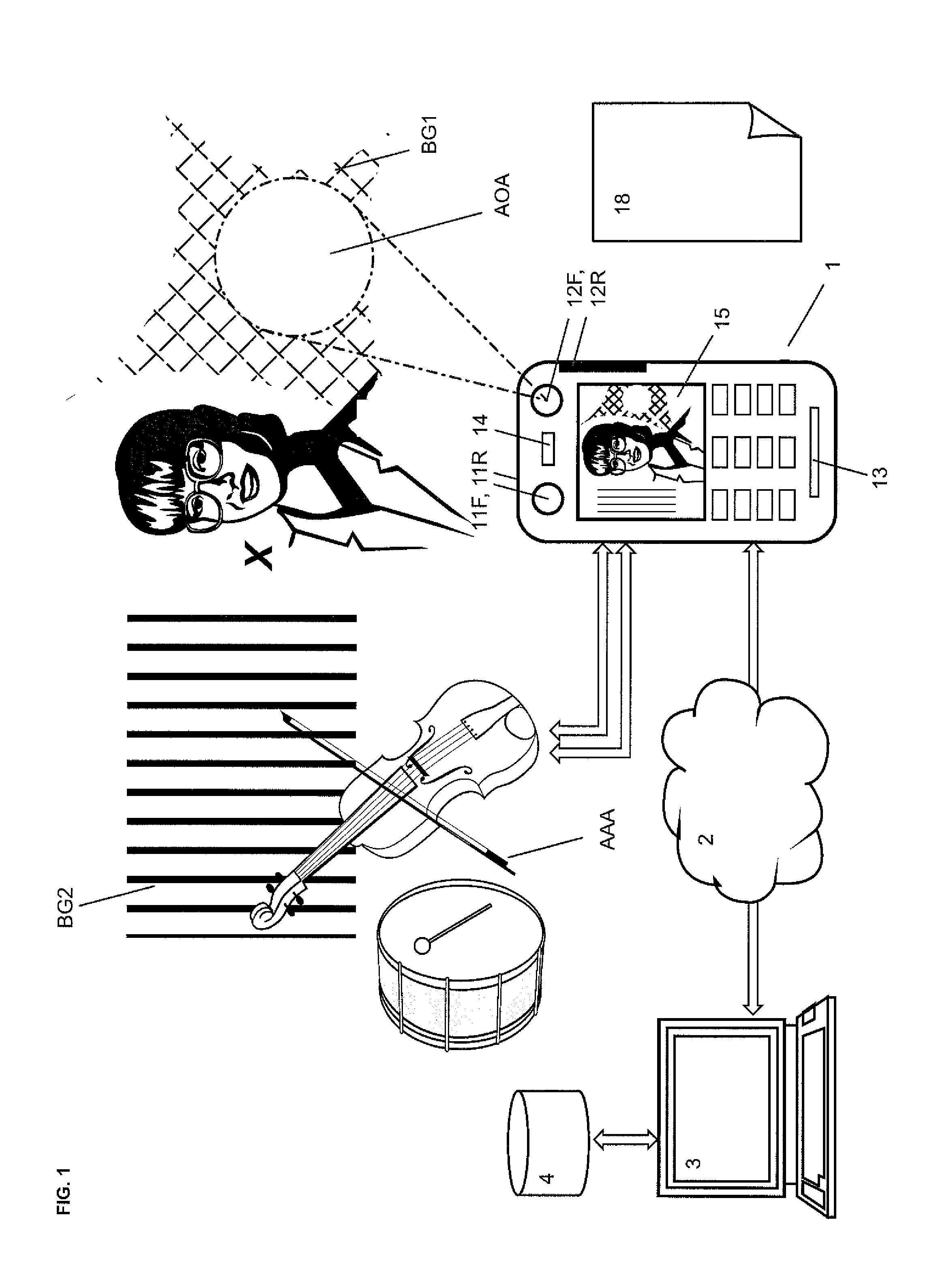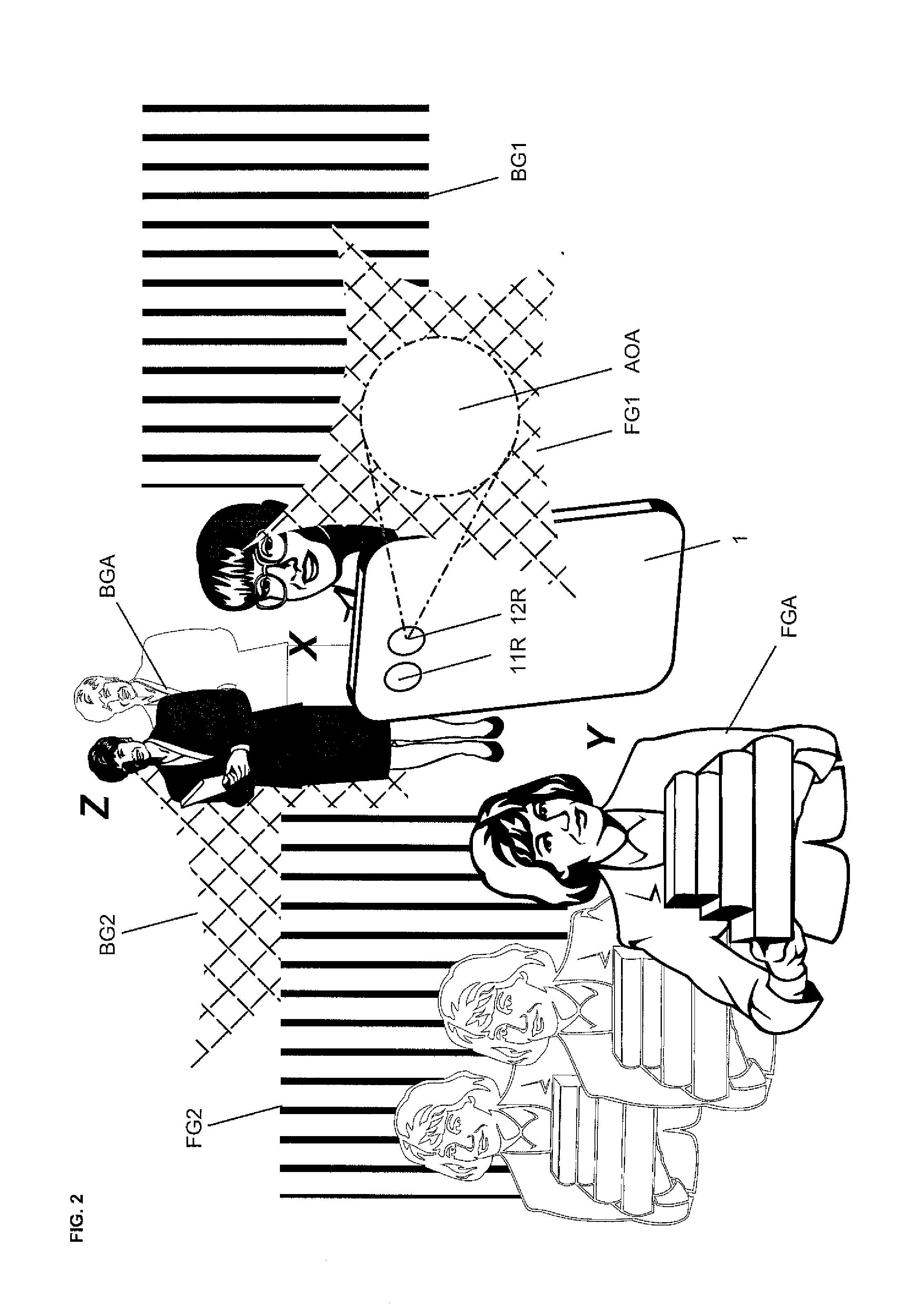Method and system for enforced biometric authentication
a biometric authentication and biometric technology, applied in the field of methods and systems for enforcing biometric authentication, can solve the problems of increased risk of successful man-in-the-middle attacks, inability to use templates to elicit complete information about the original biometric signal, and lack of liveness of users who are restricted to taking an image of users. to achieve the effect of increasing the factor of “acceptability”
- Summary
- Abstract
- Description
- Claims
- Application Information
AI Technical Summary
Benefits of technology
Problems solved by technology
Method used
Image
Examples
Embodiment Construction
[0081]FIG. 1 shows a biometric authentication system comprising an authentication server 3 and a mobile station 1 that are interconnected across a network such as the Internet 2. The authentication server 3 is further connected to a database 4 from which data, particularly data captured during enrolment, can be downloaded.
[0082]The mobile station 1 acts as a terminal of the biometric authentication system and can incorporate a complete biometric authentication system itself. For this purposes, the mobile station 1 comprises output devices, such as at least one light source and at least one loudspeaker, and input devices, such as biometric sensors. The mobile station 1 shown in FIG. 1 comprises at least one microphone 13 and at least one camera, preferably a camera 11F on the front side and a camera 11R on the rear side. In addition a light source 12F on the front side and a light source 12R on the rear side are provided. The mobile station 1 may comprise further biometric sensors, s...
PUM
 Login to View More
Login to View More Abstract
Description
Claims
Application Information
 Login to View More
Login to View More - R&D
- Intellectual Property
- Life Sciences
- Materials
- Tech Scout
- Unparalleled Data Quality
- Higher Quality Content
- 60% Fewer Hallucinations
Browse by: Latest US Patents, China's latest patents, Technical Efficacy Thesaurus, Application Domain, Technology Topic, Popular Technical Reports.
© 2025 PatSnap. All rights reserved.Legal|Privacy policy|Modern Slavery Act Transparency Statement|Sitemap|About US| Contact US: help@patsnap.com



